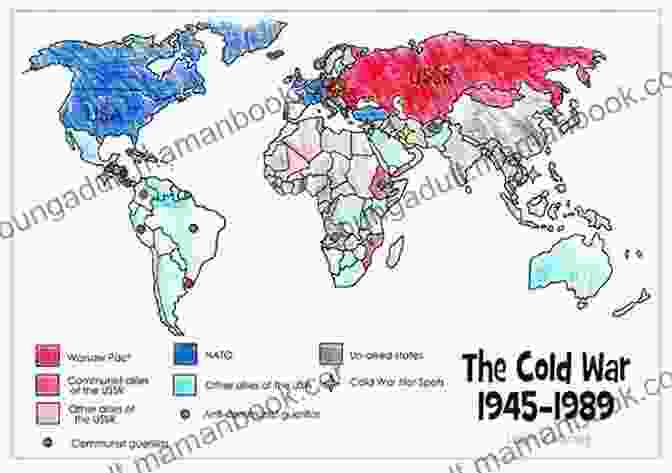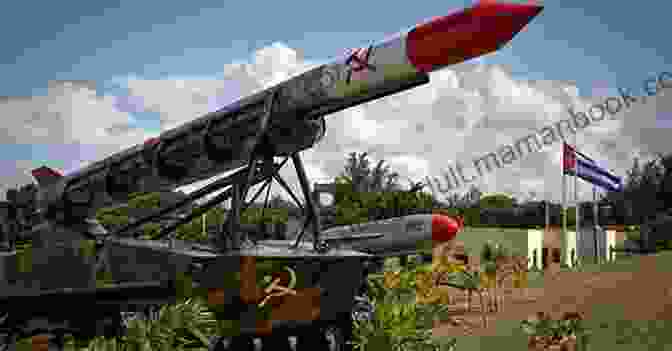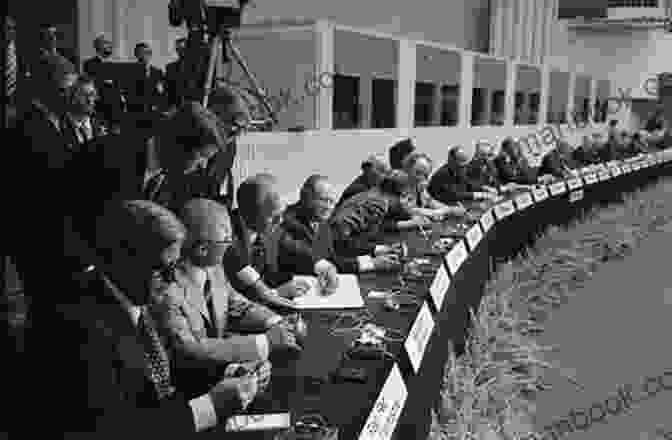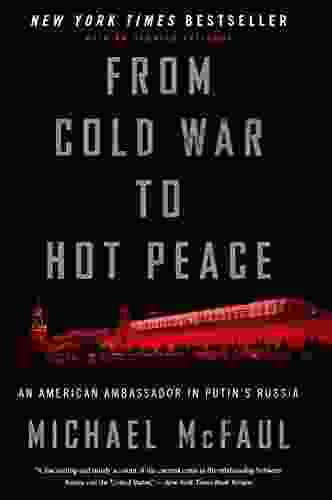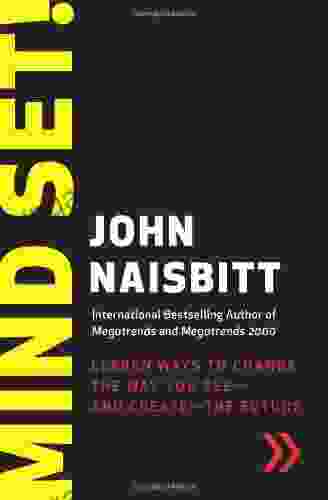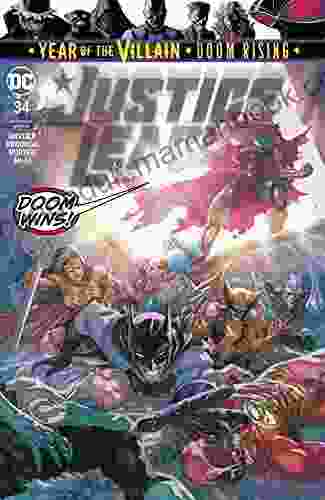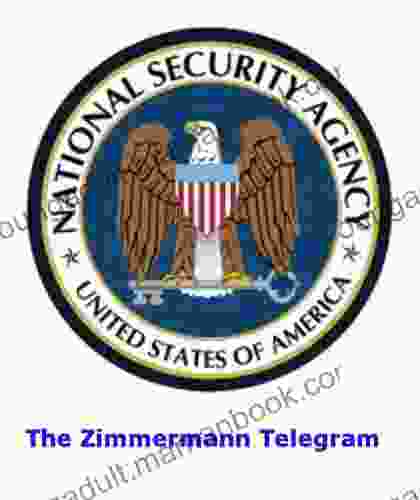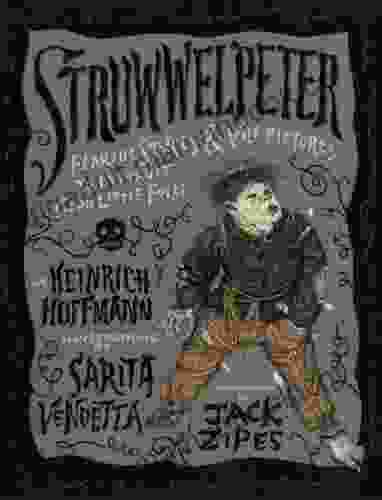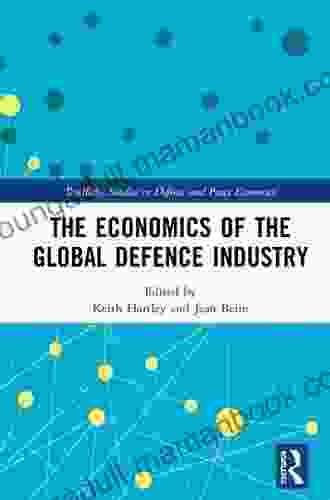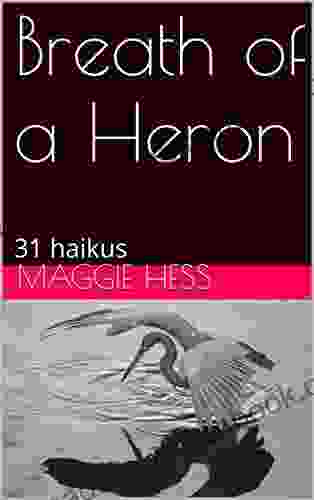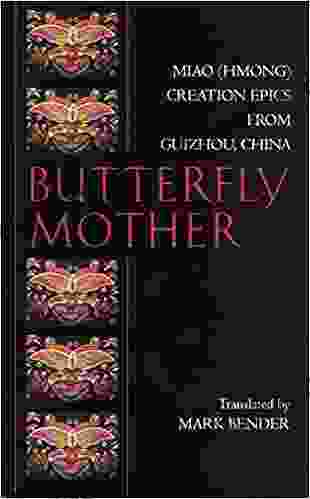The Cold War, a period of geopolitical tension between the United States and the Soviet Union, had a profound impact on international relations for nearly half a century. From the division of Europe to the Cuban Missile Crisis, the world stood on the brink of nuclear war. However, despite the seemingly irreconcilable ideological differences, a unique path towards peace emerged amidst the Cold War's shadow. It was a path towards "Hot Peace," a paradoxical term that encapsulated the paradoxical coexistence of military preparedness and diplomatic dialogue.
The Origins of Hot Peace
The origins of Hot Peace can be traced to the early 1960s, as the Cold War entered its most dangerous phase. The Cuban Missile Crisis, a 13-day standoff between the United States and the Soviet Union over the placement of Soviet nuclear missiles in Cuba, brought the world to the brink of nuclear annihilation. In the aftermath of this crisis, both superpowers recognized the urgent need for a more stable and less confrontational relationship.
4.6 out of 5
| Language | : | English |
| File size | : | 24082 KB |
| Text-to-Speech | : | Enabled |
| Screen Reader | : | Supported |
| Enhanced typesetting | : | Enabled |
| X-Ray | : | Enabled |
| Word Wise | : | Enabled |
| Print length | : | 535 pages |
The concept of Hot Peace was first articulated by American political scientist Thomas Schelling in his 1960 book, The Strategy of Conflict. Schelling argued that in the nuclear age, the traditional concept of war as a decisive contest was no longer feasible. Instead, he proposed a strategy of "limited nuclear deterrence," in which both sides maintained a credible threat of nuclear retaliation but avoided direct military confrontation.
The Evolution of Hot Peace
The strategy of Hot Peace gradually evolved over the following decades. The first step was the establishment of a "hotline" between Washington and Moscow in 1963, allowing for direct communication between the two leaders in the event of a nuclear crisis. This was followed by a series of arms control agreements, such as the Strategic Arms Limitation Treaty (SALT I) in 1972 and the Anti-Ballistic Missile Treaty (ABM) in 1972. These agreements aimed to limit the buildup of nuclear weapons and reduce the risk of accidental war.
Alongside arms control, diplomatic efforts also played a crucial role in the evolution of Hot Peace. Détente, a period of reduced tension between the United States and the Soviet Union in the 1970s, saw increased cooperation on trade, cultural exchange, and environmental issues. This period culminated in the signing of the Helsinki Accords in 1975, which recognized the territorial integrity of European borders and promoted human rights.
The End of the Cold War and the Legacy of Hot Peace
The Cold War officially ended in 1991 with the collapse of the Soviet Union. The strategy of Hot Peace had played a significant role in preventing a nuclear war and facilitating a peaceful transition to a new world order. However, the legacy of Hot Peace continues to shape international relations today.
The concept of nuclear deterrence remains a fundamental principle of international security. Nuclear weapons are still seen as a necessary evil, providing a deterrent against nuclear attack. However, the threat of nuclear war has diminished significantly since the end of the Cold War, and the focus has shifted to non-proliferation and arms control.
Moreover, the lessons learned during the Cold War have influenced approaches to conflict resolution and diplomacy. The importance of dialogue, negotiation, and compromise is now widely recognized, even in the midst of conflict. This has led to the development of new mechanisms for international cooperation, such as the United Nations Security Council and the International Atomic Energy Agency.
The Cold War was a defining period in international relations, characterized by ideological conflict and the threat of nuclear war. However, amidst this period of tension, the concept of Hot Peace emerged as a paradoxical but ultimately successful strategy for maintaining peace and preventing nuclear war. The legacy of Hot Peace continues to influence international relations today, shaping approaches to security, conflict resolution, and diplomacy. As we face new challenges in the 21st century, the lessons learned from this period will continue to be invaluable in building a more peaceful and sustainable world.
